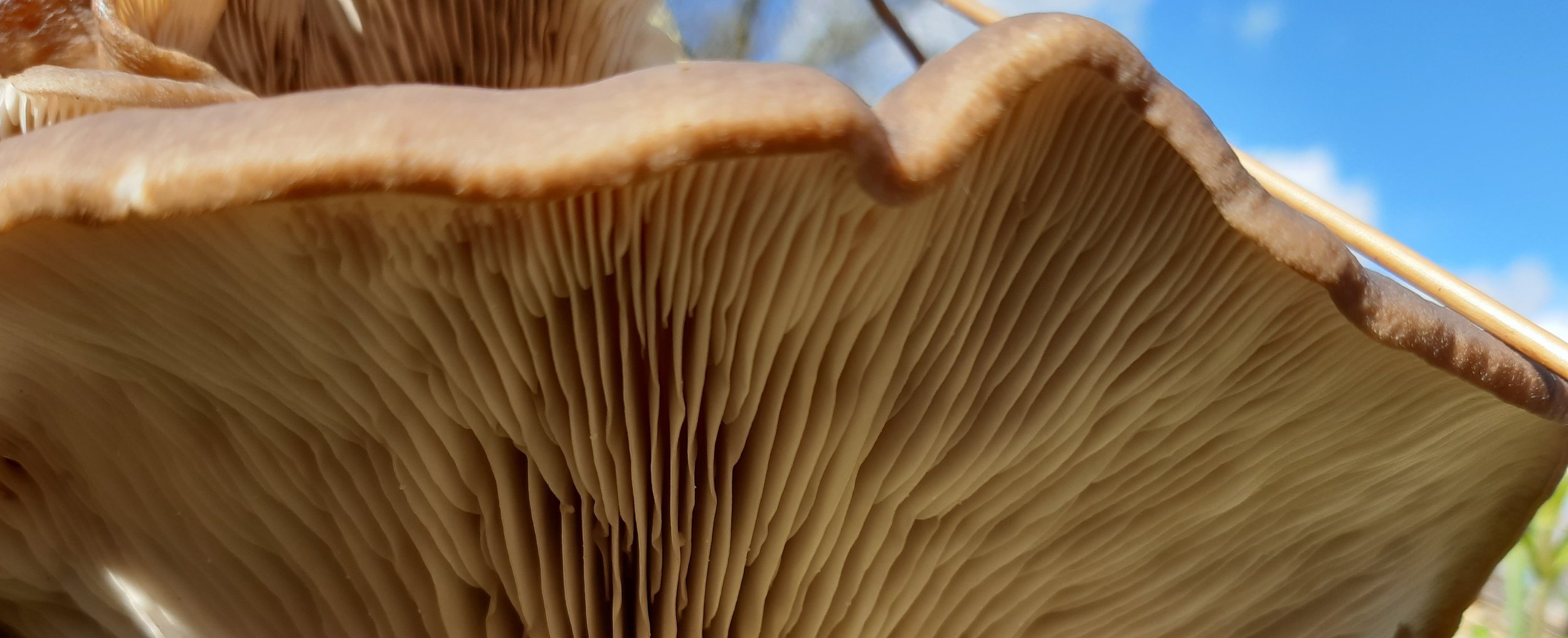
What to Look For
Autumn
If you like observing change, autumn (September to November) has it all. There are dramatic changes to the landscape and in our wildlife. It is a season that can be atmospheric and enchanting.
Some years, as in 2022, summer ends with the landscape dominated by burnt-yellow grass, the result of prolonged hot dry weather. Other years, the grass remains green throughout, though as in 2024 the ground cracked in many locations for want of rain.
In the dry years, most trees can tap into water deep in the soil and survive the worst of any drought. The leaves of some trees may turn early, but usually many do not.
Several of our horse chestnuts in Long Meadow start the season with leaves autumnal brown. More likely brought on by the ravages of leaf miners than lack of water, though they are one of the earliest trees to go dormant each year.
Come October and autumnal colours should abound: field maples sport yellows and reds, golden brown for oak. We have a few, stunning silver birch at the Set-aside resplendent in autumnal yellows. Ash on the other hand, choose to drop leaves while still green.
As the soil moisture rises, moles will move up from deep underground tunnels and chambers and tell-tale mole hills will pop up across Long Meadow. Rarely, of course, do moles venture above ground. Small rodents will be feasting on the autumn berries though these too are rarely seen, and then only as a glimpse.
It is more likely to see birds taking advantage of this food source. In September there may still be warblers, feeding up both on berries and the insects attracted to these. As winter approaches migrating thrushes will be grateful for this bounty. This might include blackbirds arriving from Scandinavia which swell our winter population by over 10% – and possibly some birds that will continue into France and Spain
Autumn is the season for fungi. Croft Close is well endowed with these mysterious organisms which are known primarily for their fruiting bodies: mushrooms and toadstools. Some delicately line a branch, others erupt thuggishly from the ground. Whilst it takes considerable knowledge to identify many, we can all enjoy their beauty, remembering of course, many are poisonous and must not be handled. The Wildlife Trusts have a guide for some of the easiest to identify.
Top sights to look out for in autumn:
| Birds | Invertebrates | Plants |
|---|---|---|
| Toadstools | Red Admirals | Rose Hips |
| Lichens | Dew-covered spider webs | Autumn Hawkbit |
| Swallows gathering | Migrant hawker dragonfly | Hawthorn Berries |
| Arriving redwings | Common pipistrelle | Field maple autumn colour |
Our Records
We are constantly adding to our records. We hope soon to make it easy for you to help us add to our species lists shown on the Monitoring Page.
